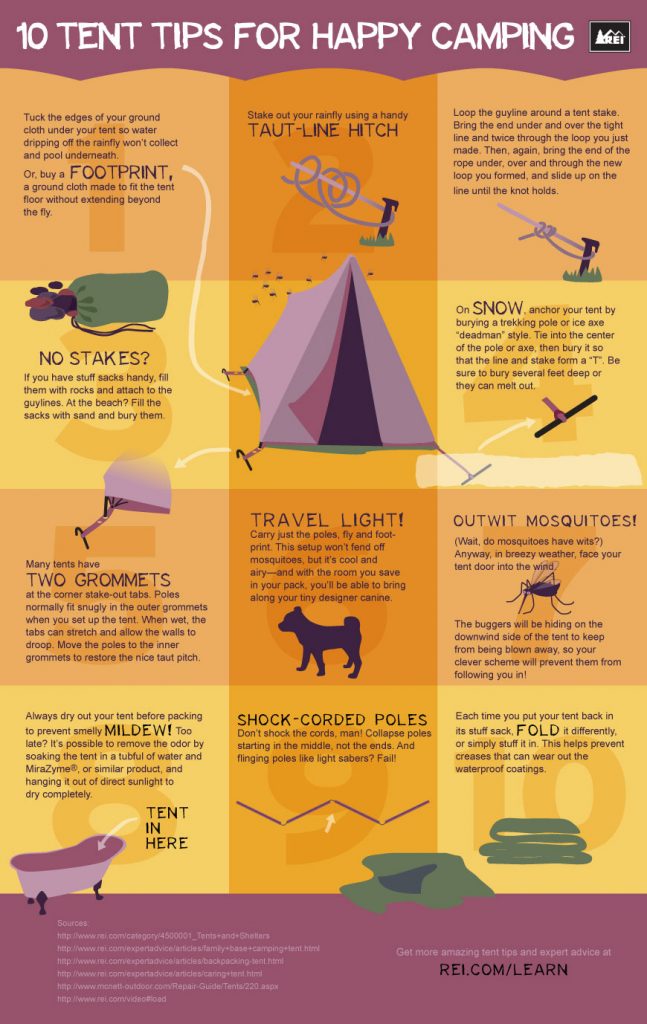A range of variables can impact evening skies digital photography. From weather to upcoming celestial events, you'll want to plan ahead to guarantee success.
What's the difference between a yurt and a teepee?
The shutter speed you choose determines whether stars appear as specific pin-points or route throughout the photo. A great guideline is to limit the direct exposure to 500 seconds, or the equivalent of your lens's focal size.
Place
One of the most vital consider a great photo is where you take it. Aim for locations with minimal light air pollution, and stay clear of locations that have brilliant city lights and high-rise buildings.
Also, search for an area that uses foreground aspects to produce compositions with. For example, dune patterns, wind-sculpted ridges and rough outcrops can all give appealing foreground aspects to assist tell the tale of your evening sky photograph.
It is additionally valuable to research study astronomical events such as meteor showers and lunar eclipses to take advantage of chances for terrific photos. Using a tool such as the Professional photographer's Ephemeris can be incredibly valuable when intending your shoots. It assists you to identify moon phases, Galaxy setting and various other huge events. Additionally, think about shooting in RAW layout rather than JPEG as this gives you extra adaptability when processing the images. This is specifically real if you plan to publish your pictures.
Video camera Settings
Obtaining the best electronic camera setups is important for any kind of photo, but especially so for night skies images. A wide-angle lens is best for recording even more of the Galaxy and minimizing star tracks, as well as a much longer shutter speed to stop the activity of stars and reveal their details.
For an optimum degree of clarity, shoot in RAW format rather than JPEG, which permits you to maintain more data and supplies adaptability during post-processing. This can additionally add to file size, so see to it you have lots of storage space and added sd card accessible.
Set your emphasis to manual concentrating by flipping the AF/MF turn on your lens right into MF mode. You may require to take a couple of test shots and examine the picture playback on your video camera's LCD screen till you accomplish perfect, pinpoint hand-operated emphasis. It's an excellent concept to do this throughout the day with your selected lens and the location you will be contending evening, to confirm the accuracy of your focus setting.
Lights
A good night skies image needs the best conditions. This includes a dark skies, yet also a fascinating foreground element such as a mountain imminent, a lake to mirror the stars, or a human aspect like a barn or shed. You can also utilize a headlamp to light up the foreground and include some dramatization or depth to your photo.
The most vital video camera settings for evening sky digital photography are the aperture and shutter speed. The wider the aperture, the more light that gets to the sensor. This permits you to record brilliant stars in a reasonably short quantity of time.
The shutter rate identifies whether your celebrities will certainly be pin-point excellent or if they will certainly look like celebrity tracks because of the Earth's rotation. Make certain to tent you can live in take numerous lengthy direct exposure shots and stack them in post-processing for the best results. Finally, shoot in RAW setting to offer on your own maximum latitude in post-processing.
Composition
The trick to lovely celebrity shots isn't a premium telescope, a brand-new wide-angle lens or a state-of-the-art Canon or Nikon electronic camera. It's strategy, planning and composition.
For starters, scout your shoot location in advance to obtain a feel for the format and possible compositions. Take into consideration including foreground elements such as rocks, a lake or alpenglow on the landscape to add personality and passion to your photos.
Remember the Regulation of Thirds when composing your images. This basic principle helps equilibrium and combine images. It's also beneficial for focusing on points of interest in your image, such as rock functions or the Milky Way. Additionally, keep in mind to plan your shoots around moon stages-- shooting at a moon can subdue stars and create a silhouetted shape, while shooting on evenings with a new moon can aid you see constellations more clearly.
Who makes the best quality camping tents?
